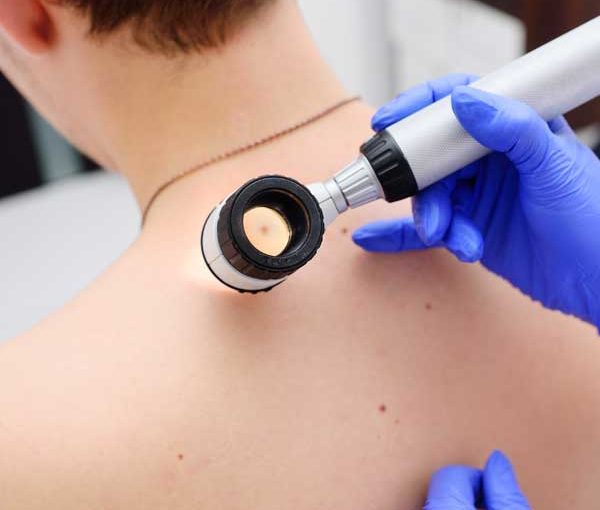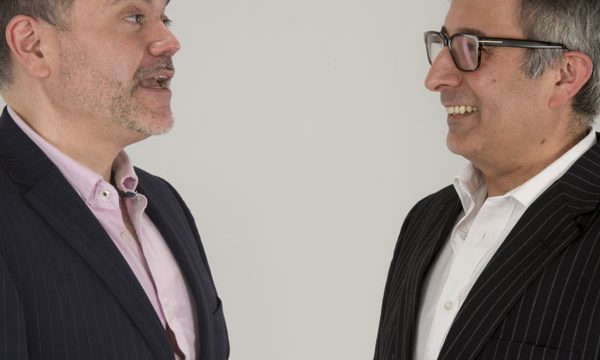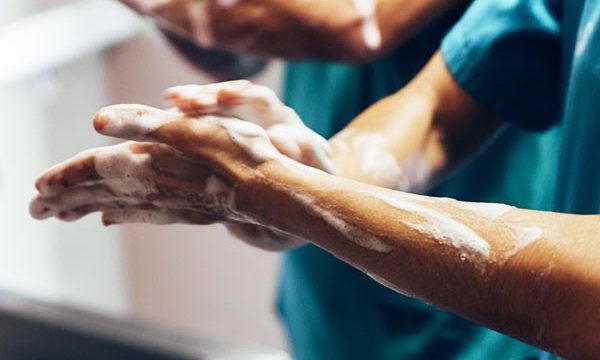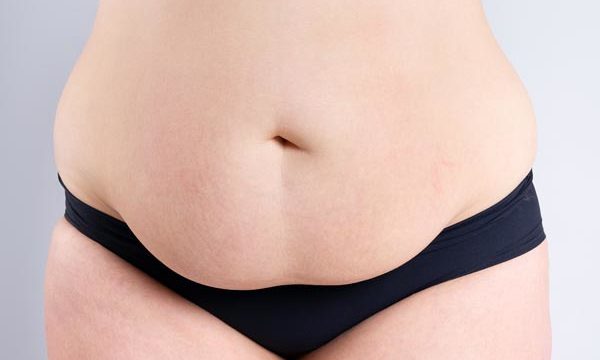May is skin cancer awareness month
May is skin cancer awareness month and Reshape & Restore want to join with various organisations to raise awareness of this common concern.
What is skin cancer?
Skin cancer is one of the most common forms of cancer in the UK and each year around 100,000 new cases are diagnosed. This medical condition is usually visible on the surface of the skin (the epidermis) as the development of abnormal cells cause the appearance of a new blemish. Basal Cell Carcinoma (BCC), Squamous Cell Carcinoma (SCC), Melanoma and Merkel Cell Carcinoma (MCC) are the most common forms, which may emerge as a lump, bump or a discoloured patch on the skin.
What causes skin cancer?
The main cause of skin cancer is damage to the skin’s cells. UV rays are a type of radiation that is emitted from the sun and will penetrate the skin. This will reach the DNA which may also become damaged, causing a malfunction in the growth of the skin’s cells. Over time, this damage will accumulate and skin cells will start to overgrow, leading to the formation of skin cancer. It’s easy to see when UV rays have penetrated the skin as it causes the production of melanin – the skin’s natural pigment. Melanin will act as a protective barrier for the skin. When this substance is produced in excess it affects the tone of your skin, which people will often see as a tan. Although this is often perceived as attractive and a ‘healthy glow’, it doesn’t necessarily mean it is healthy, and is a warning sign that damage may be occurring.
Who is at risk of skin cancer?
Anyone can be at risk of developing skin cancer, and as sun exposure is the main cause, it often appears on areas where the skin is most exposed, including: face, chest, hands, shoulders and back. Many people enjoy sunbathing when on holiday or when it’s particularly hot and sunny, but prolonged time in the sun is when your skin is most at risk. The level of risk can also affect people who work, or spend a lot of time outside – as well as those who regularly use sunbeds, simply because they are more exposed to UV rays. It is found that people with fairer skin are more likely to get sunburn, which is a big contributor to damaged cells, and the likelihood of skin cancer developing. Other factors to consider include: having numerous moles on the skin (50 or more), if it runs in the family or if a person has low immunity.
What can people do to lower their risk?
The best way for a person to reduce their risk of developing skin cancer is to reduce exposure to UV rays. Most of the time the body is covered with clothing, however there are some parts of the body, such as the face and hands, that are mainly left uncovered. As the seasons change and the weather gets warmer, our clothing changes. We may choose lighter materials, short sleeves, shorts and a slightly raised hemline. Although we may feel cooler, this then allows for more UV rays to penetrate the skin – and it’s important to note that UV rays can get through glass, and may even bounce off your laptop, smart device or computer. Like many other skin experts, Reshape & Restore will always suggest that SPF is worn everyday. This product is very easily obtained and is a fantastic way to prevent harmful levels of UV from getting absorbed into the skin – and the higher the number, the more protection it’ll give. As long as the sun is in the sky, there will be UV rays. So whether it’s summer, winter, cloudy or sunny, they’ll be getting into the skin. And, it’s always important to remember to reapply SPF when spending prolonged periods outside. If someone has a number of moles on the skin, it is advisable to keep an eye on their appearance and if any changes in shape or colour are noticed, then they’ll need to be checked by a doctor.
Is skin cancer treatable?
There are many treatment options that may be available when skin cancer has been diagnosed, including: surgical excision, radiation therapy, photodynamic therapy, topical medication, oral medication and many more. The type of treatment and how effective it will be on reducing the condition or clearing it up completely, will depend on the individual case.Reshape & Restore will carry out a thorough consultation if a person concerned about a new lump, bump or lesion on the skin. Our expert consultants can diagnose a skin condition and in many cases can provide a treatment to remove it – or refer to the relevant professional if need be.









